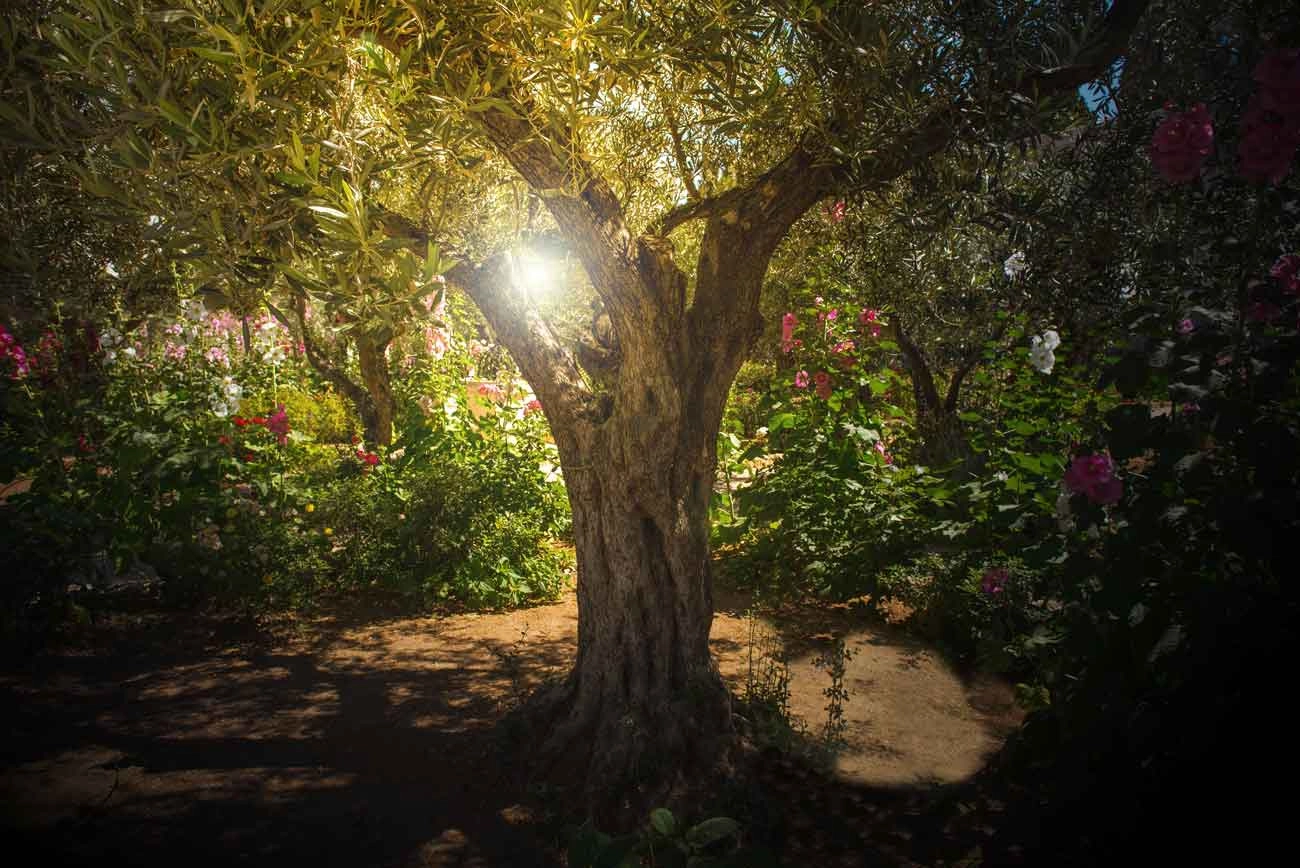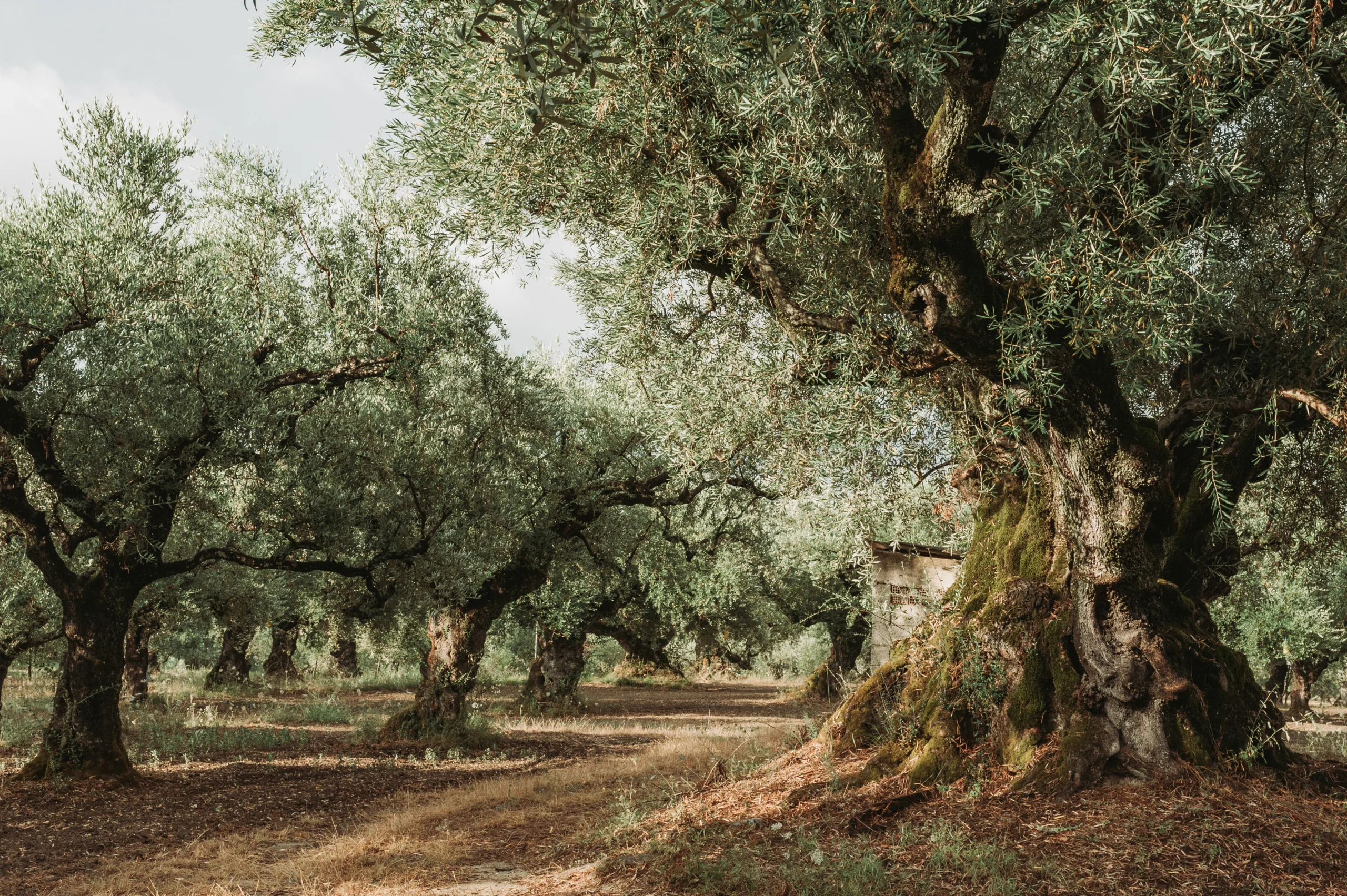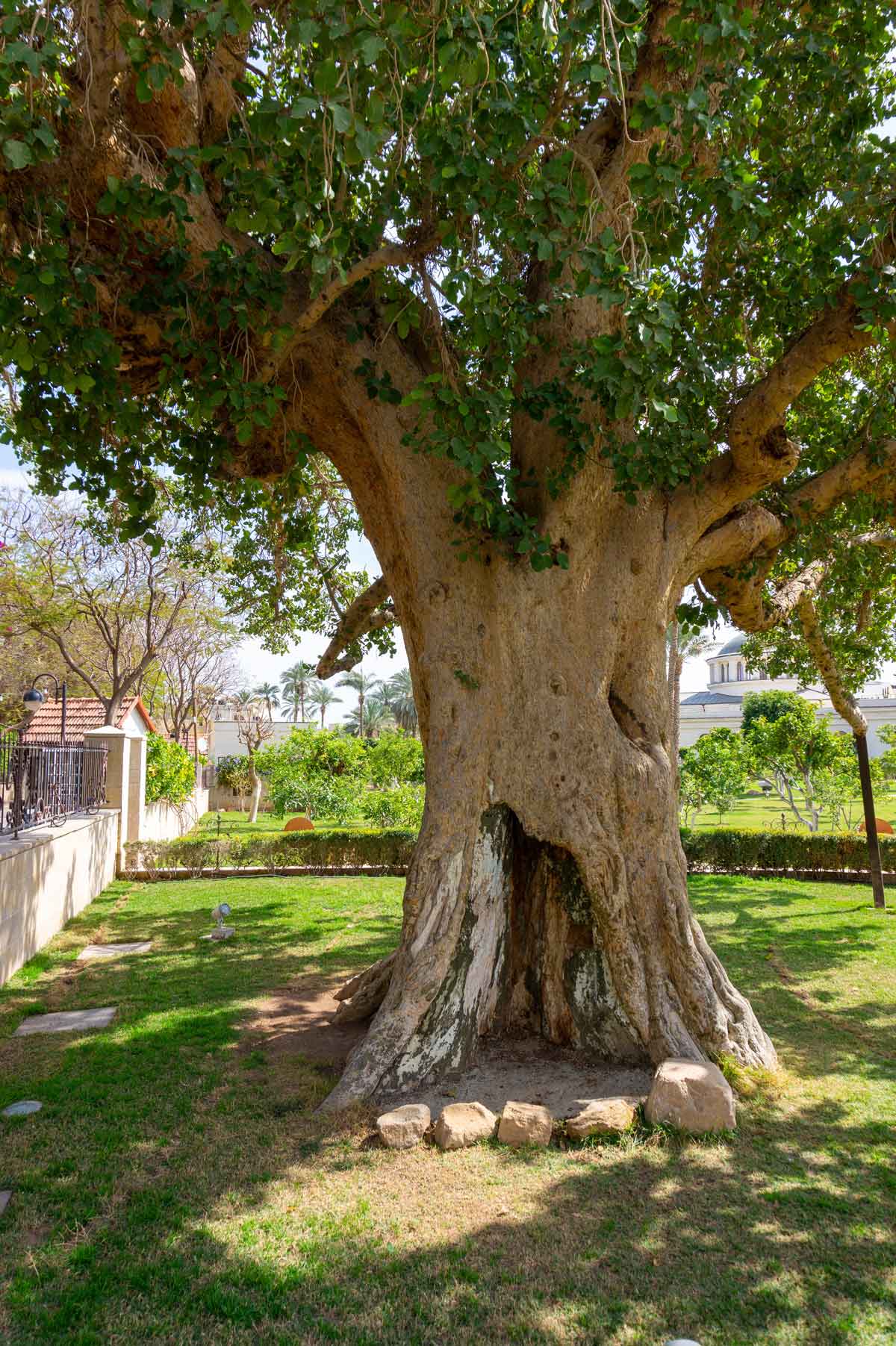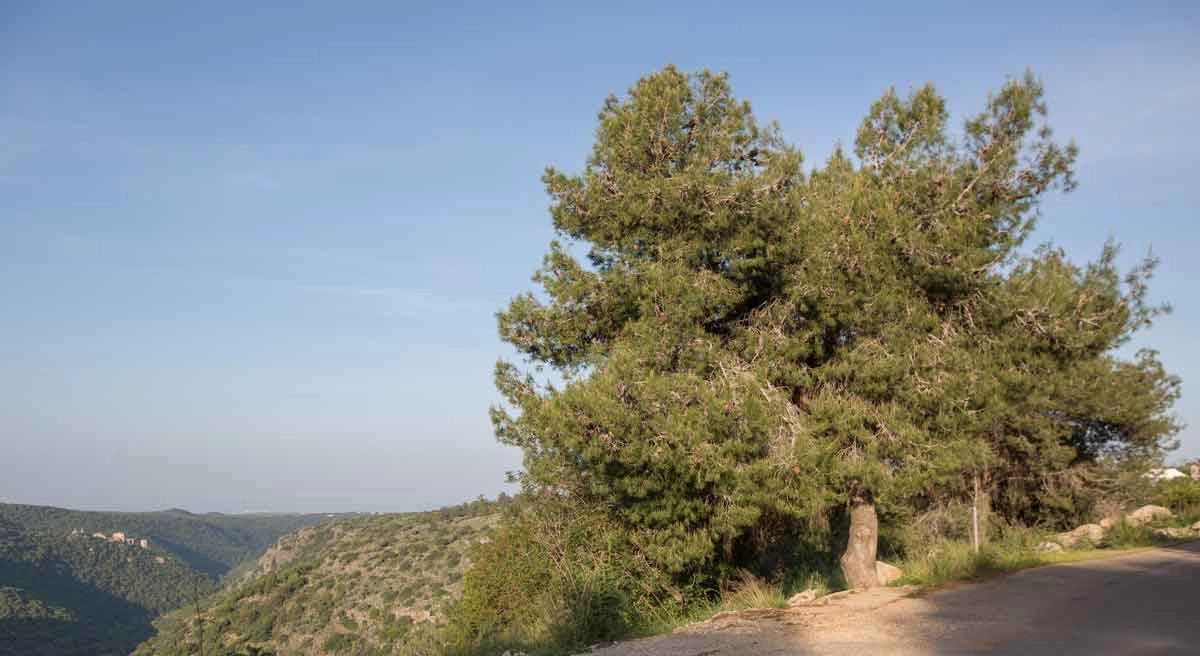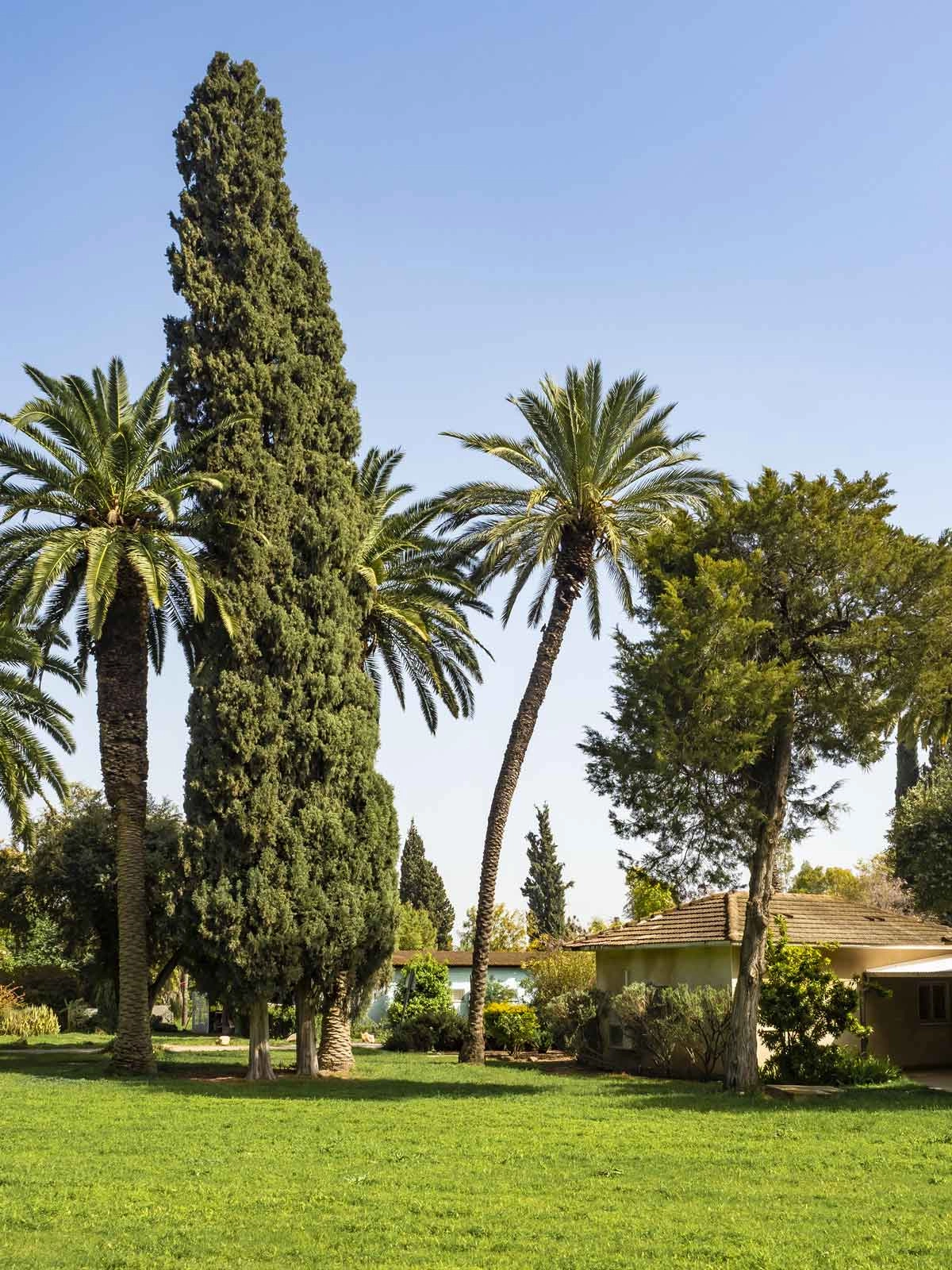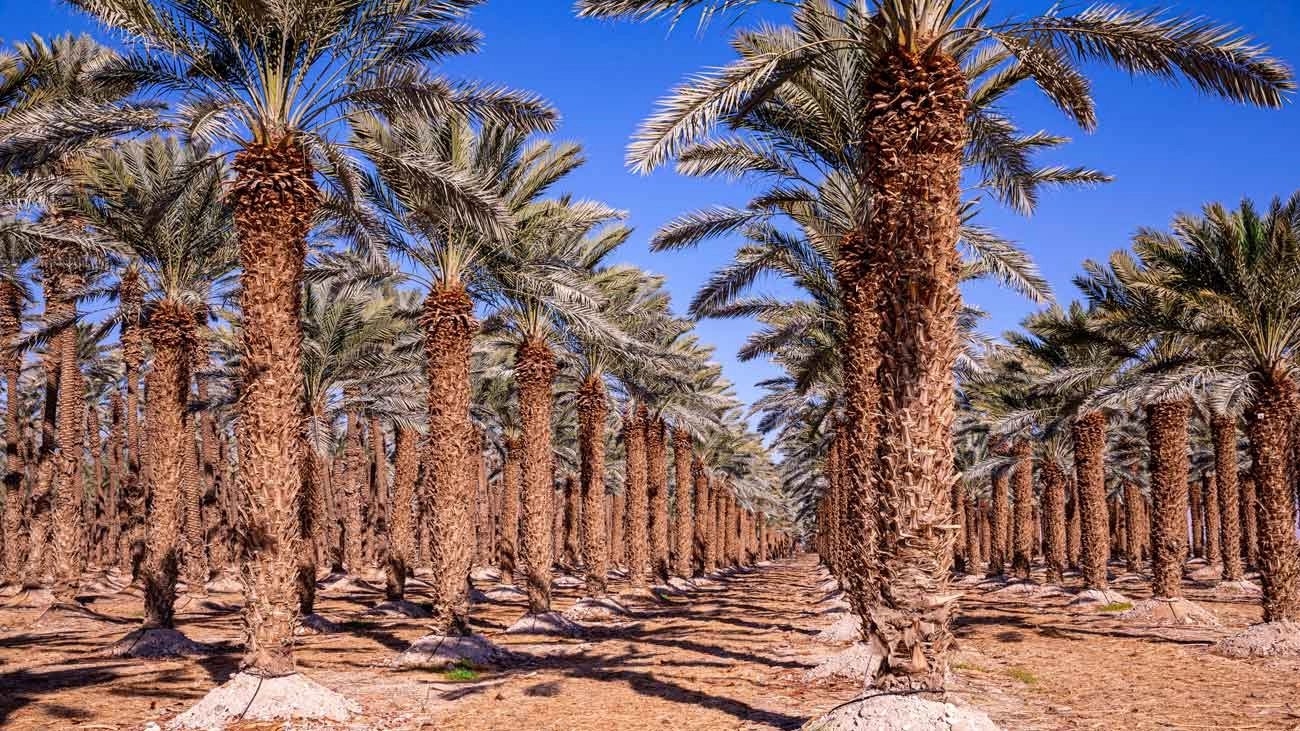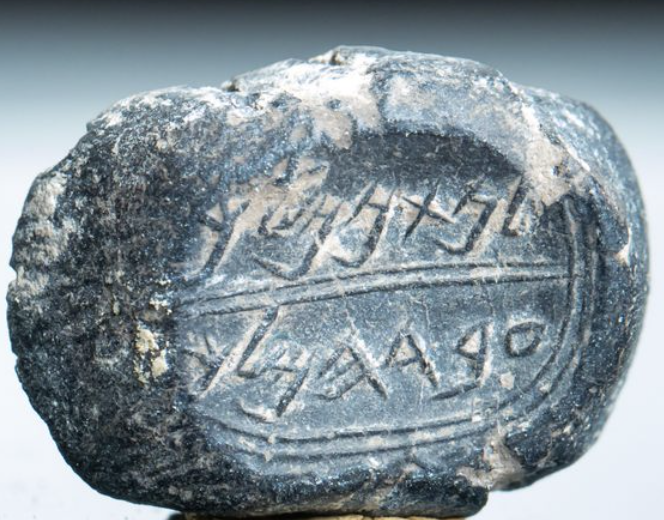The Trees of Israel
January 25th marks the Tu Bishvat, known as the birthday of the trees in Jewish culture! Upon their return to the Promised Land, Zionists discovered a landscape damaged by the absence of many trees and unfavorable conditions. This spurred an initiative to replant trees and nurture the land. Tu Bishvat stands as a celebration of this enduring connection and commitment to the care of the land.
The Jewish National Fund remains dedicated to reforesting Israel, having successfully planted over 240 million trees and established 1,000 parks, along with various other land preservation initiatives. On Tu Bishvat, individuals contribute to the JNF by making donations to commemorate this day and participate in the symbolic act of planting a tree, regardless of their location.
In celebration of Tu Bishvat, here are some of trees you will see when visiting the Israel!
Olive Trees
Olive trees are as Israeli as can be! Who can’t think of olive oil and olive presses when it comes to Israel?
Olive trees in Israel stand as living testaments to the country’s rich agricultural history and cultural heritage. These fascinating trees, known for their hardy nature and longevity, have lifespans ranging from 300 to 600 years, with some certified specimens believed to be as old as 2000 years!
Nestled in the sun-drenched landscapes of Israel, olive groves have played a vital role in shaping the region’s identity. The olive tree, a symbol of peace and prosperity, is deeply rooted in the traditions and stories of the Holy Land.
Today, you will see many groves in the Sea of Galilee region and The Garden of Gesthemene, which was an olive tree garden!
Sycamore Fig
This ancient tree is best known for it’s mention in Luke 19,
Jesus entered Jericho and was passing through. 2 A man was there by the name of Zacchaeus; he was a chief tax collector and was wealthy. 3 He wanted to see who Jesus was, but because he was short he could not see over the crowd. 4 So he ran ahead and climbed a sycamore-fig tree to see him, since Jesus was coming that way.
Today you can visit a sycamore tree in Jericho that has been dated to over two thousand years old! Although we cannot be absolutely certain that this was the tree Zacchaeus climbed to see Jesus, the tree was certainly a witness to the events of the time and it’s amazing to think Jesus himself likely laid eyes on this tree.
It certainly brings this scripture to life!
Jerusalem Pine
The Jerusalem Pine, also known as the Aleppo Pine, is indigenous to the coastal regions of the Mediterranean. Although commonly referred to as the Jerusalem Pine and widely observed across Israel, it is noteworthy that this tree is not native to the country. Its growth pattern sees it gaining approximately a foot each year, ultimately reaching a height of around 80 feet when it attains full maturity.
Mediterranean Cypress
Also known as the Italian Cypress or “Pencil Pine” are tall and skinny pine trees you see around the world, loved for their unique landscaping possibilities. They are native however to the Mediterranean area, including Israel. Other areas that you frequently see them are California, South Africa and Southern Australia.
These trees can live up to 1000 years, but the oldest living one in the world is thought to be 4,000 years old! While known for their thin pencil look, they can become much broader when left un-attended. The wood is very strong and is famous for being the material used for the construction of the doors to St. Peter’s Basilica in Vatican City.
According to Jewish tradition, cypress trees were chosen for the construction of Noah’s ark due to their strength. These trees are also mentioned in the building of the first Temple. Additionally, their presence in cemeteries is quite common, attributed to their appearance resembling candles. The fact that they are evergreen further establishes them as a symbol of the soul, signifying an upright and eternal existence.
The Cypress tree is mentioned in twenty-six verses of the Bible, as far back as Genesis 6 alongside gopher wood used in the ark.
Judean Date Palm
The Judean Date Palm holds a distinctive significance in Israel as an ancient source of sustenance for the region. Dates play a crucial role in the local cuisine and are notably mentioned in the Bible. It’s interesting to note that when the Bible refers to honey, it likely alludes to the product derived from dates rather than that from a beehive. Silan, a delightful natural sweetener extracted from dates, is widely used in various recipes.
In 2005, an ancient seed was found. It was at least 2000 years old and, when planted, began to grow. It’s the oldest known seed to have sprouted. The tree, named “Methuselah” is now around 11 feet tall and thriving!
Honoring God’s Creation
If you’d like to plant a tree in honor of Tu Bishvat in Israel, you can donate money and even have the tree planted in honor of someone or yourself for $18, which comes with a personalized certificate. You can see the options for this HERE.
If you would like other ways you can recognize the day wherever you are, try these ideas:
- Build a birdhouse and be the hands of God providing for the birds like Jesus said on the Mt. of Beatitudes.
- Eat the seven species of food of the land of Israel; wheat, barely, figs, pomegranates, grapes, olives and dates.
- Clean trash up wherever you are to help honor the Lord and his creation and be a good steward.
Did you know you can add a tree planting outing to your customized tour of Israel? Just speak to your tour operator and they can make sure it is included in your itinerary. It is a wonderful way to leave a piece of yourself in the Holy Land!
We hope you will come look at the trees of Israel very soon!

